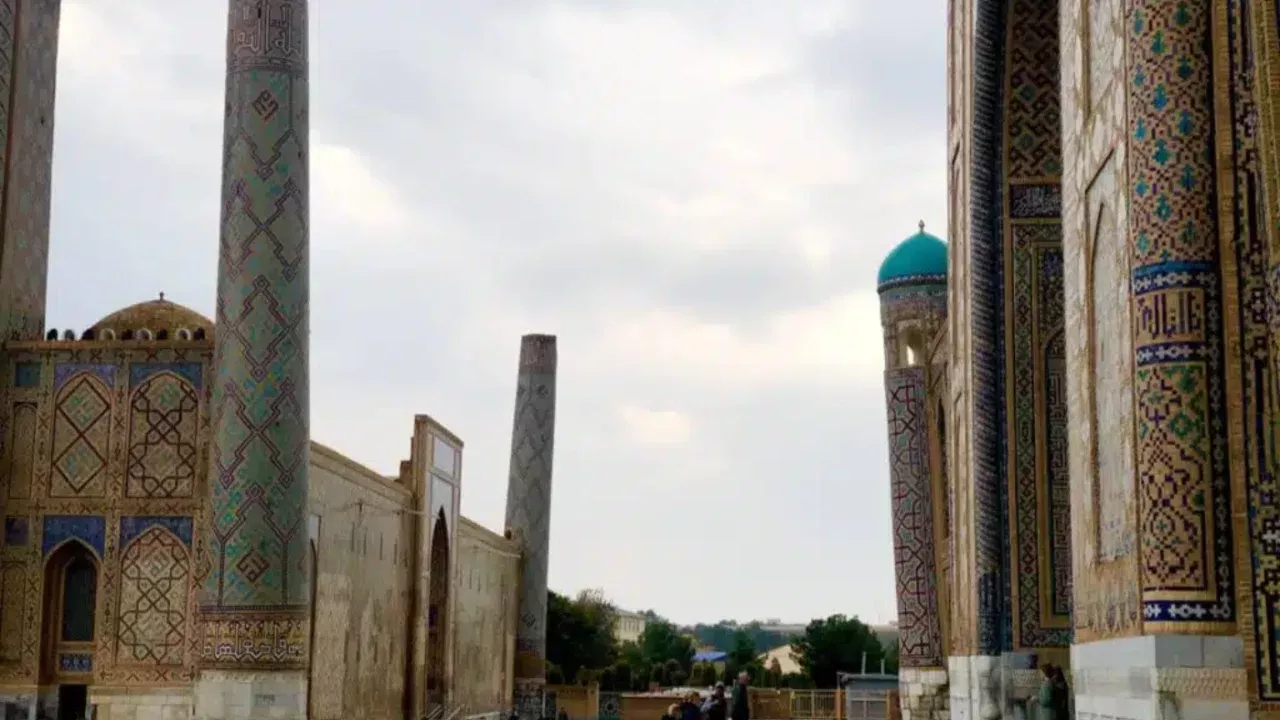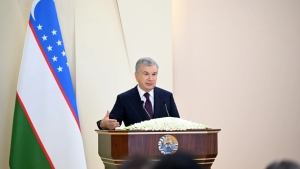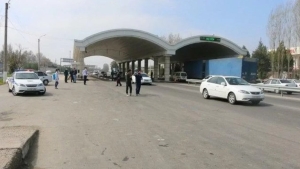
At the next session of the Samarkand regional council of people's deputies, the age of Samarkand city was set to 3000 years. This was reported by Zamin.uz.
This decision was made based on the results of archaeological research. Excavations in the areas where the Afrasiab and Koktepa monuments and the Amir Timur palace in the Koksaroy square are located show that the history of the city is even older.
According to Muminxon Saidov, the director of the Samarkand Archaeology Institute, the history of the city has been studied for over 150 years. Previously, the age of the city was considered to be 1500 years, and later 2000 years.
In 1970, this figure was raised to 2500 years, and in the early 2000s, the Uzbek-French expedition estimated it to be 2750 years. In 2024, new archaeological findings in the Koktepa area provided a basis for re-evaluating the history of Samarkand.
Researchers M. Isomidinov, Claude Rapin, and M.
Hasanov analyzed new and previous findings and determined that the city was an urbanization center formed at the beginning of the first millennium BC. During the session, a presentation was made, noting that the beginning of urban life in Samarkand corresponds to the end of the second millennium BC and the beginning of the first millennium BC.
At the end of the meeting, it was decided that these scientific discoveries, materials, and documents would be submitted to special institutions for study and preservation. This decision will serve to further explore the history of Samarkand.







